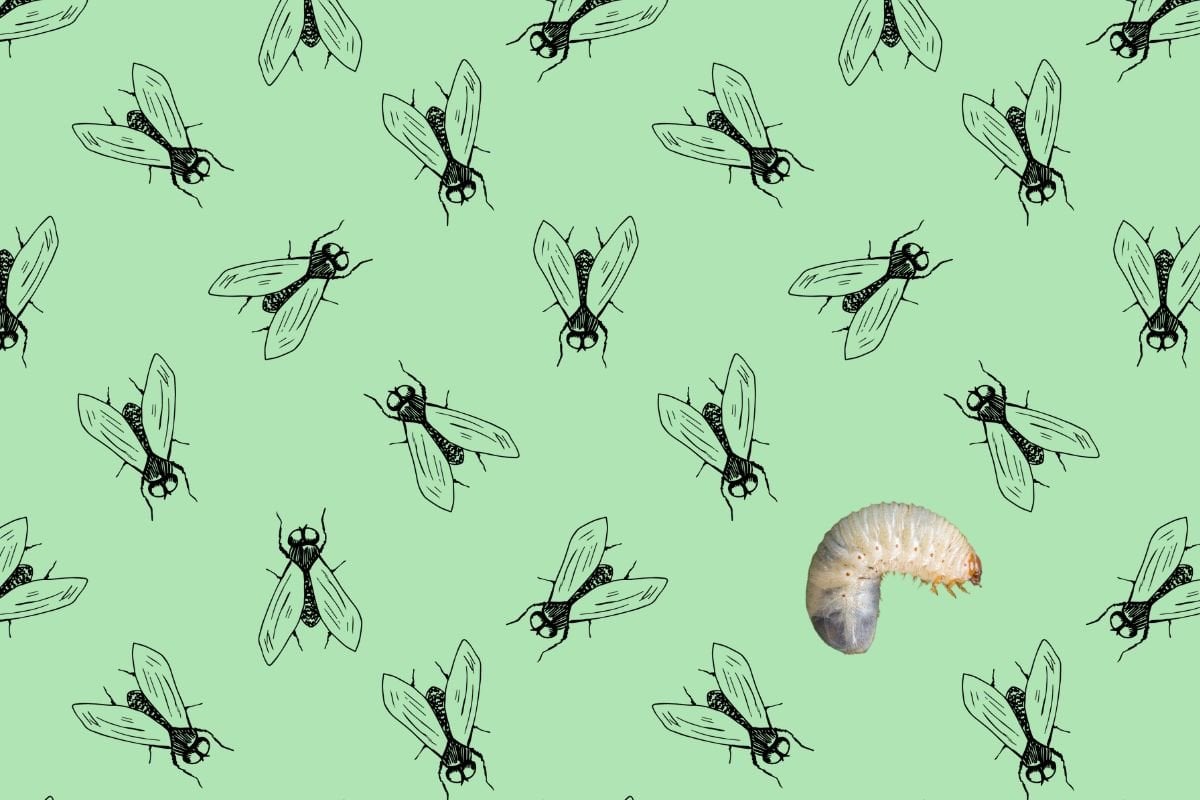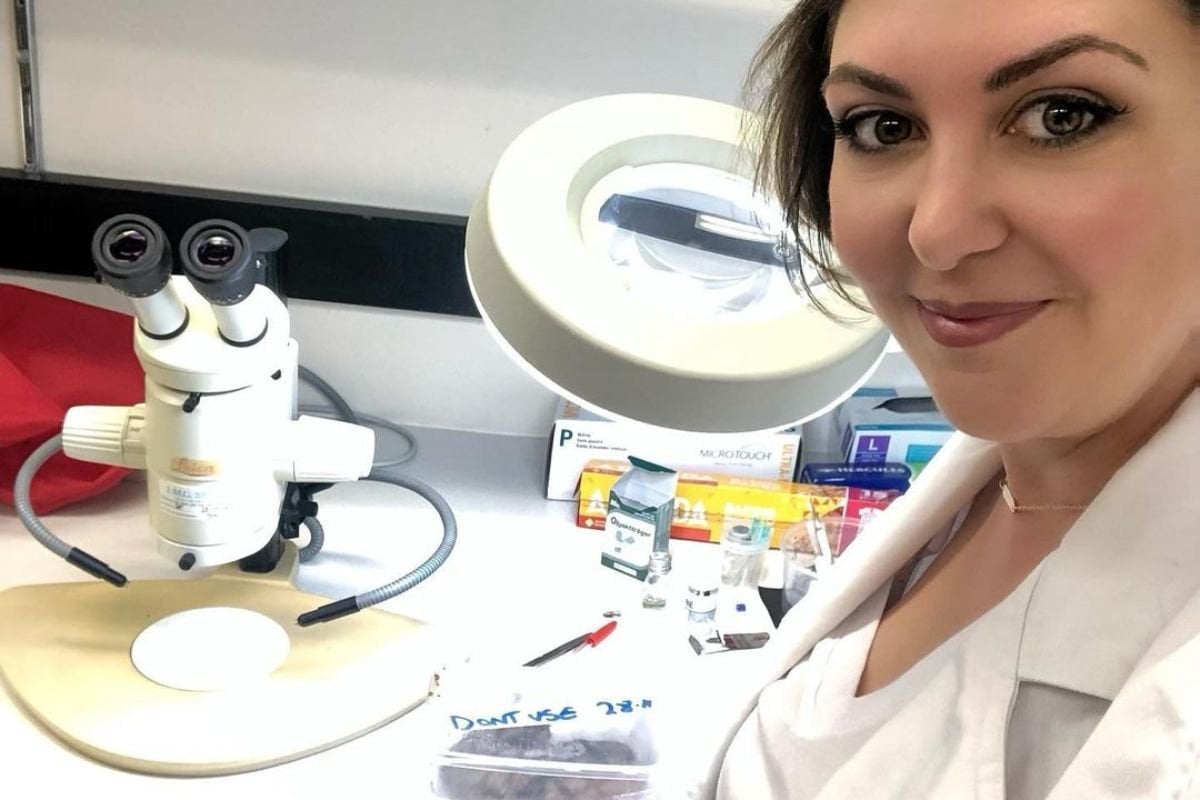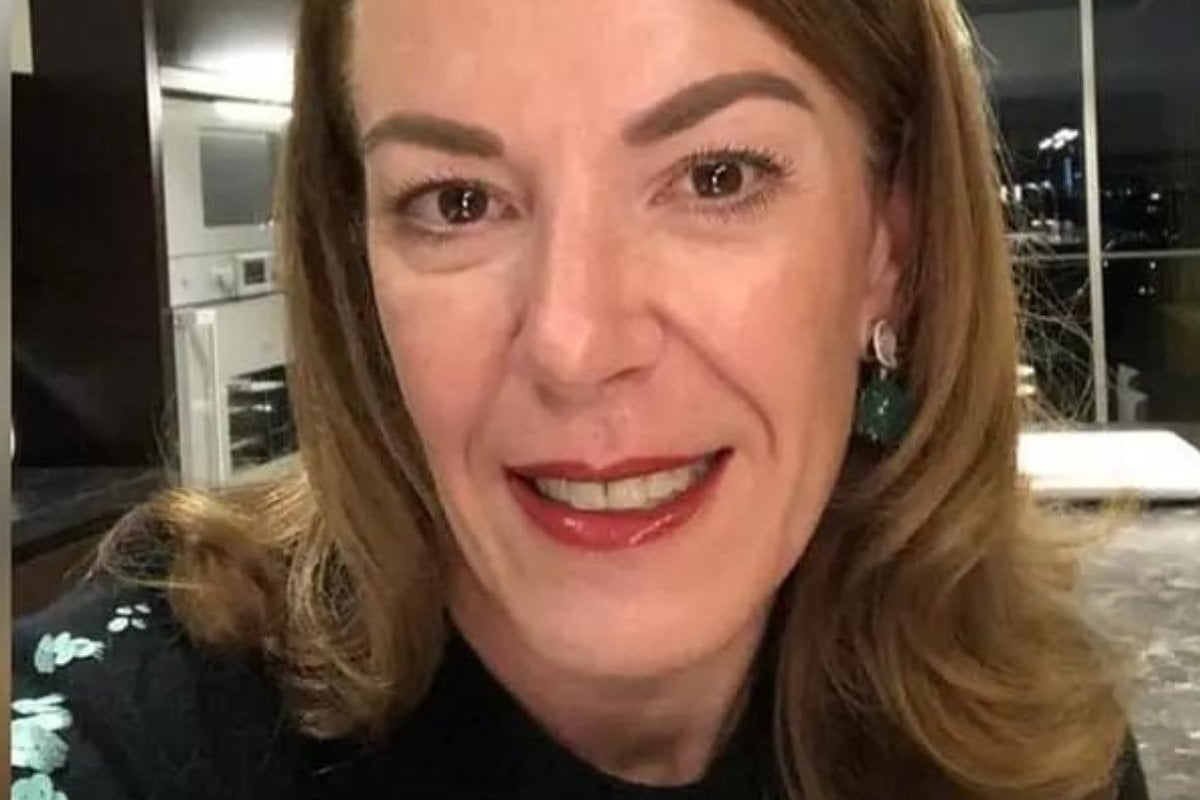
'The maggots gave the prime-suspect an alibi', is not a sentence I ever thought I would write and yet here we are.
It's all in a day's work for Paola Magni, a forensic entomologist whose expertise with creepy crawlies has helped solve many crimes.
She's one of only about 250 in her niche field in the world, and her work specifically with barnacles in Western Australia is world-leading.
@doc_magni Forensic Science Unveiled 🕵🏻♀️🔬 I’m Paola Magni, forensic scientist based at Murdoch University (Australia), and I'm here to take you behind the scenes of forensic research, fieldwork and training. Join me and my students as I unravel the fascinating and crucial role of natural sciences in criminal investigations. 🕵️♂️ 🐛🪰🐚🪴🔬 Today we talk about the life cycle of #blowflies, that are a crucial evidence at the #CrimeScene. Discover how these tiny detectives (and many more >> follow me!) help us solve crime mysteries in forensic science. #ForensicScience #Entomology #Blowflies #CrimeSolvers #ScienceExplained #LabLife #CriminalInvestigation #ForensicEntomology #ScienceInfluencer #CrimeScene #InsectLifeCycle #FascinatingScience #MysterySolved #ScienceEducation #ScienceCommunication #LabLife #STEM #WomenInSTEM ♬ original sound - doc_magni
But first, let's get back to the maggots. Because they're entomologists' bread-and-butter, and can reveal a surprising amount about a crime scene.
In the maggots-alibi-case, Magni was called in by the local police after a female body was found wrapped in plastic, a doona and then a piece of carpet. The maggot mass that had found her was enormous.
As Magni explains to Mamamia's True Crime Conversations, "This amount of maggots make their own temperature. Why this is important is flies grow faster or slower based on the temperature they live in."
By determining the temperature of the mass, Magni could work out how old the maggots were and therefore the approximate time of death of the victim.
Turns out the police's prime suspect had been in prison when Magni determined the woman had died, and couldn't have committed the murder.
Listen to Australia's 'bug whisperer.' Post continues after podcast.
In another case featuring a man found in a mummified state in his home, Magni was called in to examine the excrement of beetles that'd taken up residence in the man's body.


